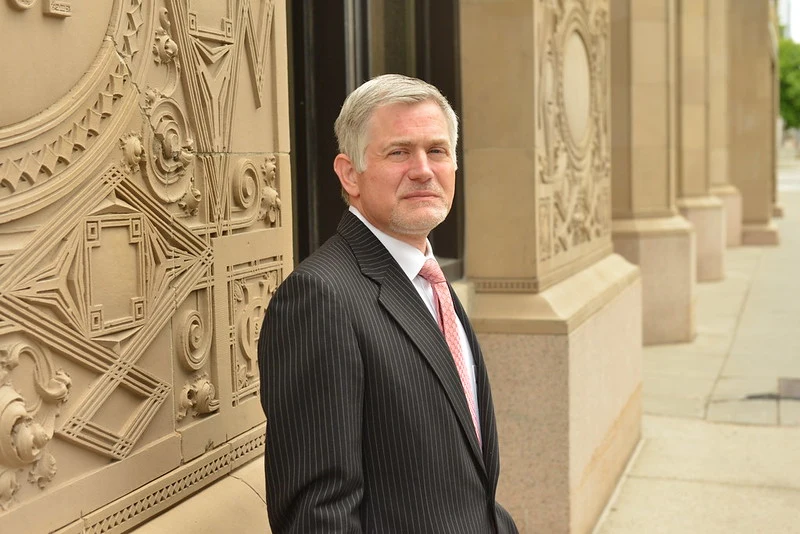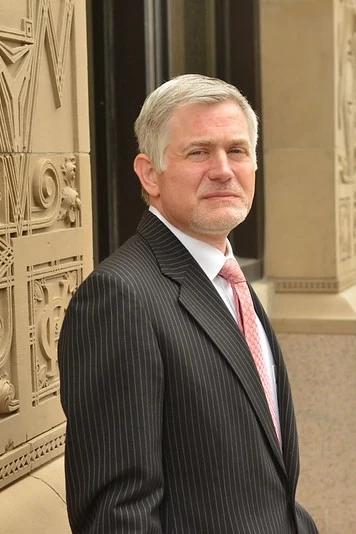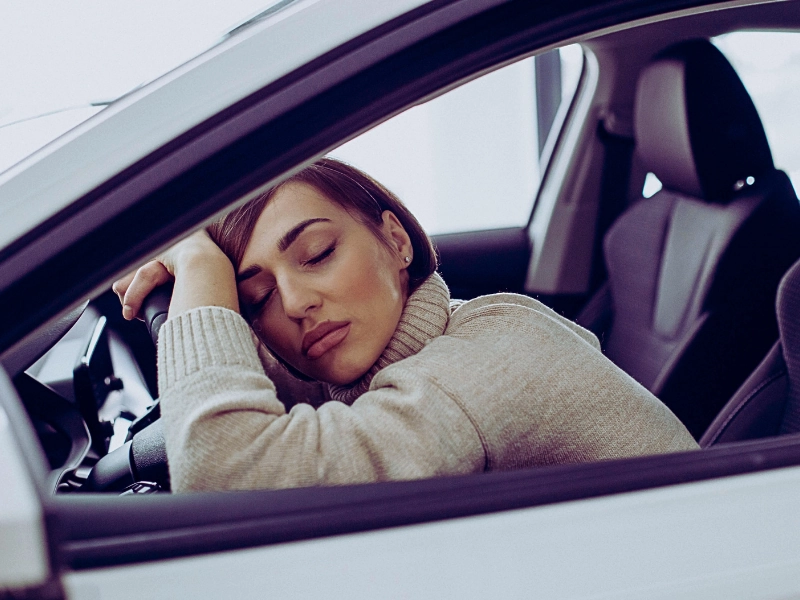Downtown West, Lowry Hill East, Marcy Holmes, North Side, and Whittier have some of the highest crime rates within the Twin Cities, with a variety of offenses including both violent and non-violent crimes.
![Most Dangerous Places in Minneapolis/St. Paul [infographic] 2 Rush Hour Traffic Elevated Freeway Sunrise Minneapolis Minnesota](https://kellerlawoffices.com/wp-content/uploads/2017/12/Most-Dangerous-Places-in-Minneapolis-St.-Paul.jpg)
(Article continues below infographic)
![Most Dangerous Places in Minneapolis/St. Paul [infographic] 1 Infographic of most dangerous places in Minneapolis/St. Paul](https://kellerlawoffices.com/wp-content/uploads/2017/12/Keller_2017_Dec_Short_Most-Dangerous-Places-in-Minneapolis-scaled.jpeg)
Table of Contents
Crime Rates in the Twin Cities
In 2015, the FBI released crime statistics that named the Twin Cities of Minneapolis/St. Paul as one of the most dangerous places in the United States. The FBI crime report stated that violent crimes in those areas rose nearly four percent. The FBI divides violent crimes into four categories including murder and manslaughter, aggravated assault, rape, and robbery. National crime statistics show that 372 such crimes are committed for every 100,000 people. Minneapolis was ranked 25th on the report list with a violent crime rate of 1,063 incidents per 100,000 people. Crime data revealed that Minneapolis/St. Paul areas have the 10th highest robbery rate in the country, with 459 reported robberies per 100,000 people.
Although homicide rates dropped in 2016, other violent and non-violent crimes in Minnesota neighborhoods increased by an average of 4.3 percent over 2015. Sexual assaults and rapes increased by 6.0 percent. According to law enforcement statistics, court filings, and cases seen by a Minneapolis criminal attorney, the increase in violent crimes like robberies and assaults were caused by a rise in violent gang activity in certain Minneapolis/St. Paul areas. Police statistics for 2016 show that of 340 people shot in Minneapolis, 215 shooting occurred on the city’s North Side.
Law enforcement officials state that a small group of criminals are responsible for the majority of violent assaults, robberies, and shootings in the Twin Cities. Police believe that at least 50 percent of homicides are gang-related. Heavy violence has taken a significant toll on certain neighborhoods, especially in North Minneapolis communities. According to 2016 police data, neighborhoods with the highest violent crime rates included: Downtown West, East Phillips, Hawthorne, Jordan, Lowry Hill East, Marcy Holmes, North Side, and Whittier. Data also shows that violent crimes rose in East Isles, Morris Park, and Regina; neighborhoods rarely impacted by crime.
To prevent a further increase in violent Minneapolis/St. Paul crimes, local authorities have established an anti-gang plan, the Group Violence Intervention Program, that will focus on community involvement to give gang members a chance at a better life. Recently, an approved $1.3 billion budget will also law enforcement to hire more police officers to crack down on gang violence in Twin City neighborhoods.





